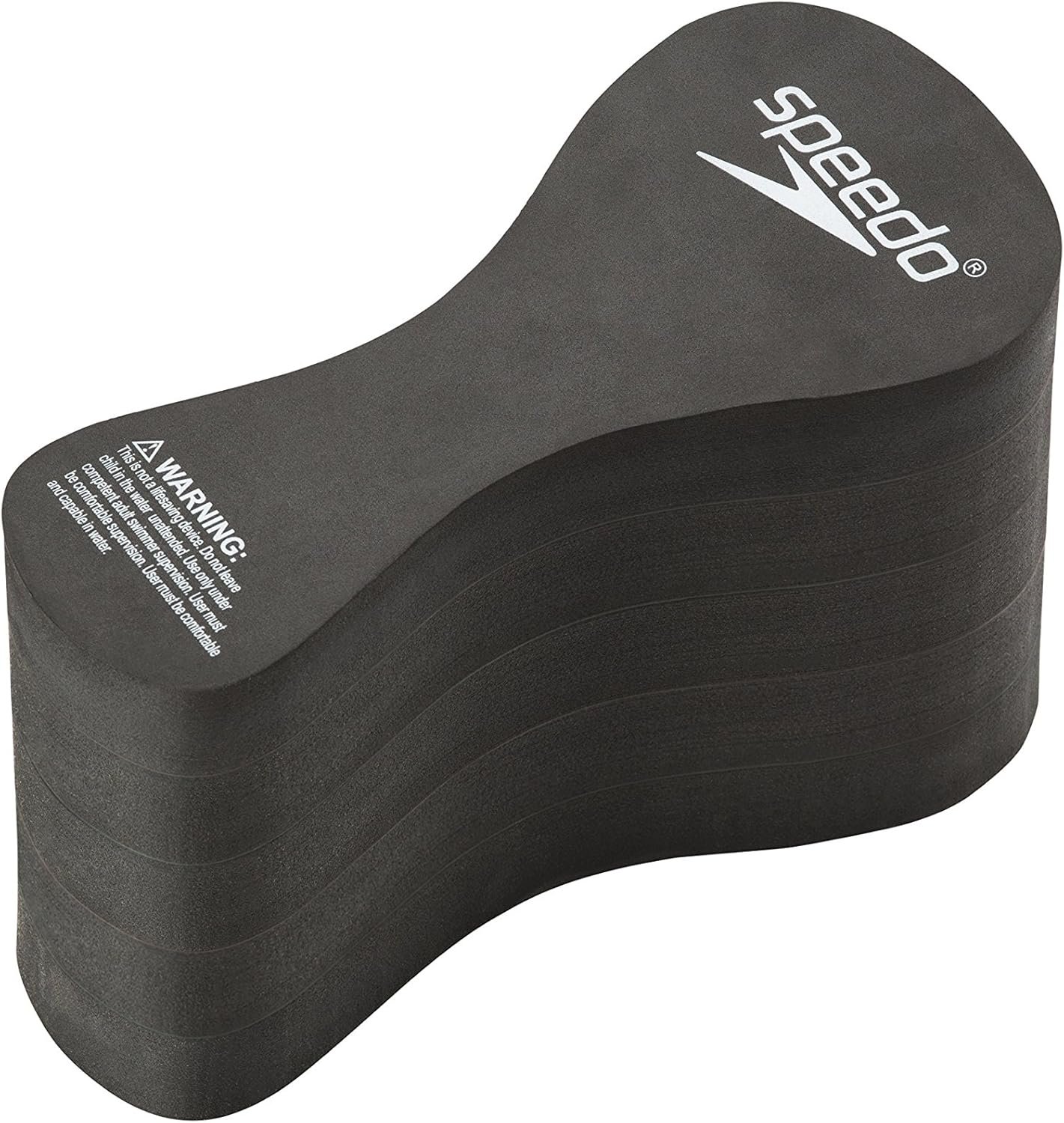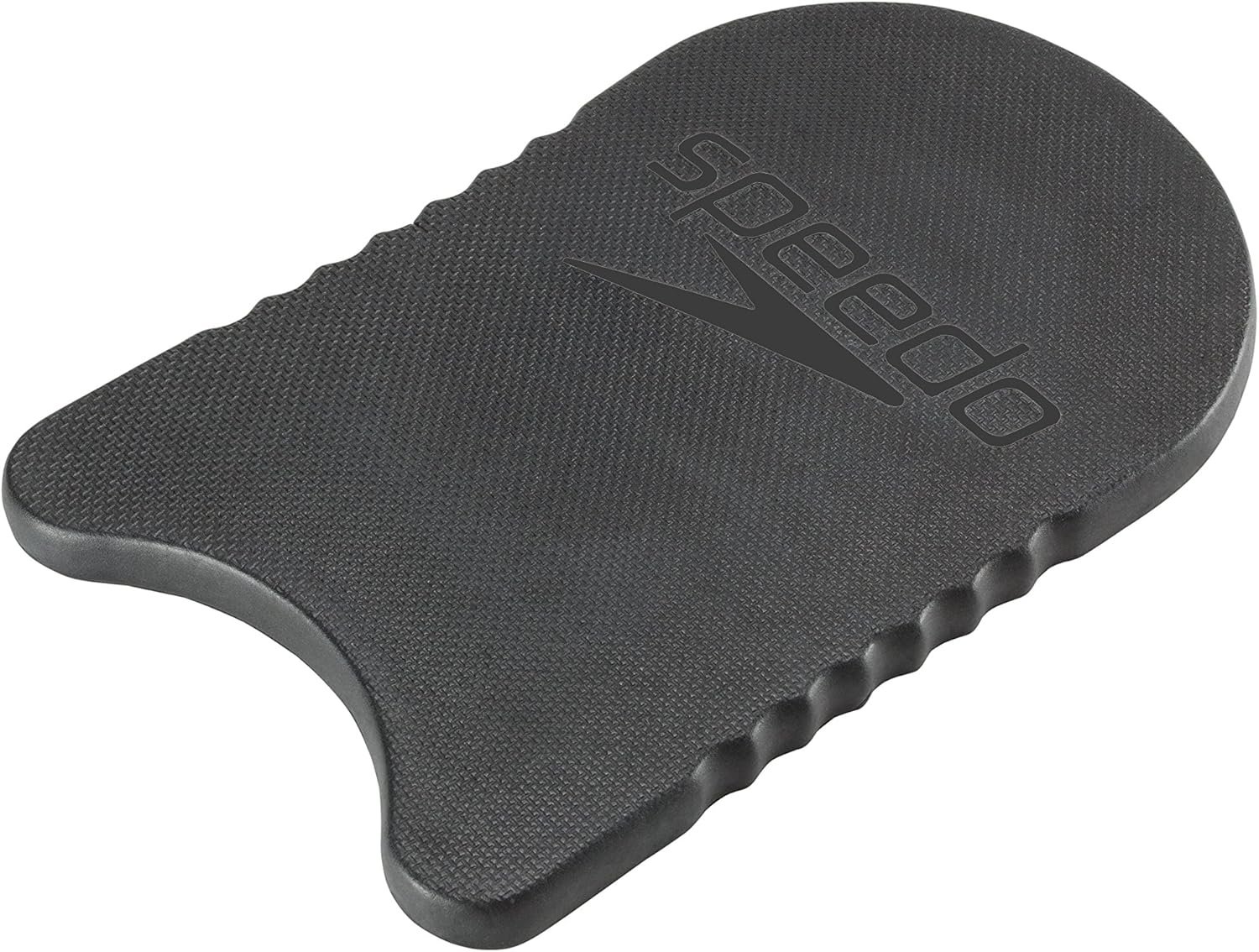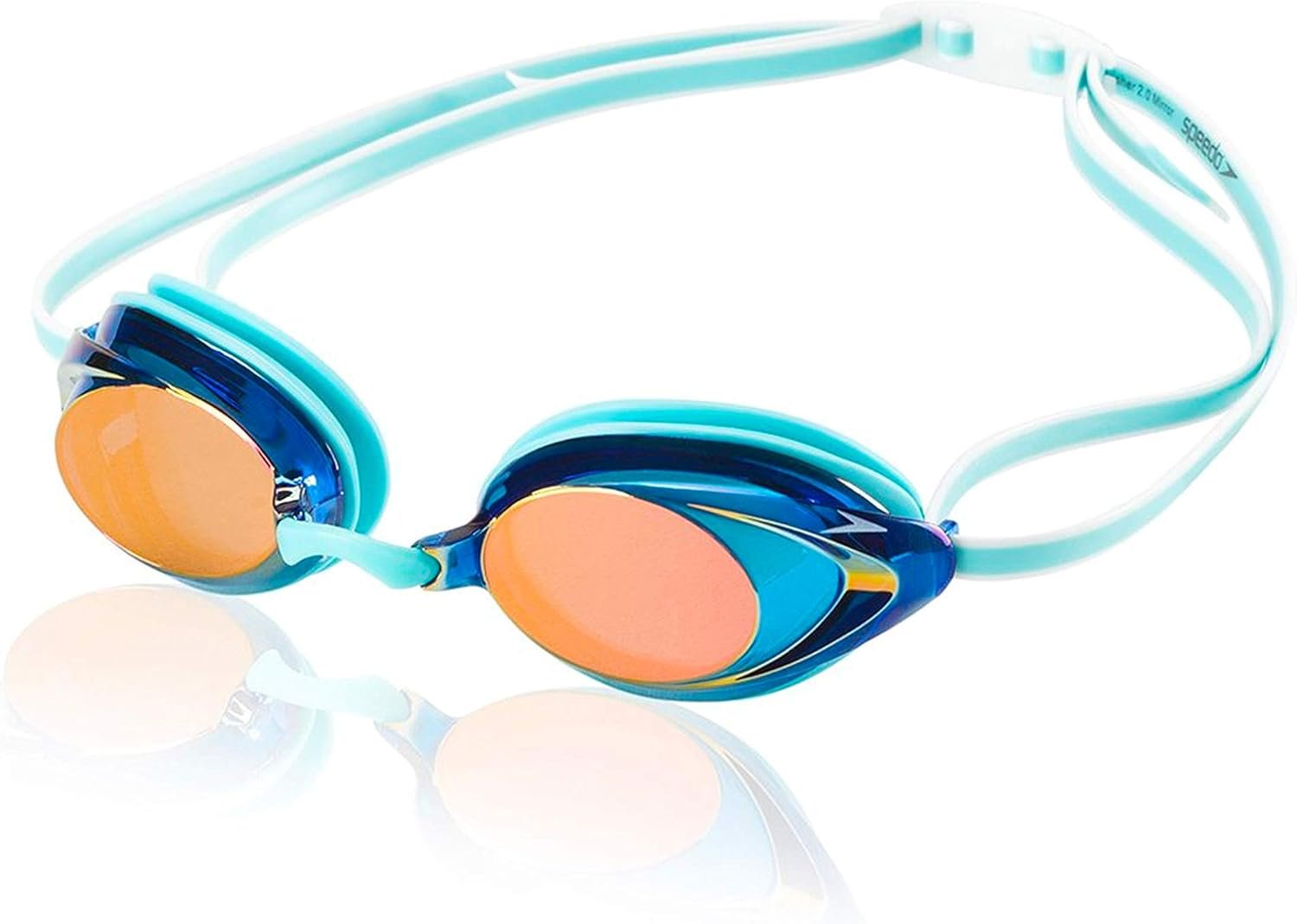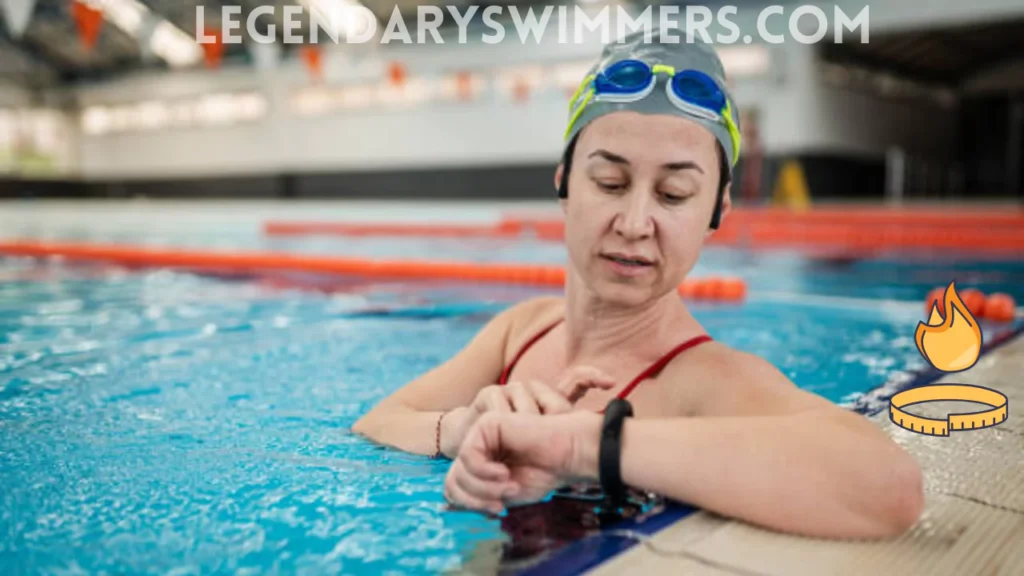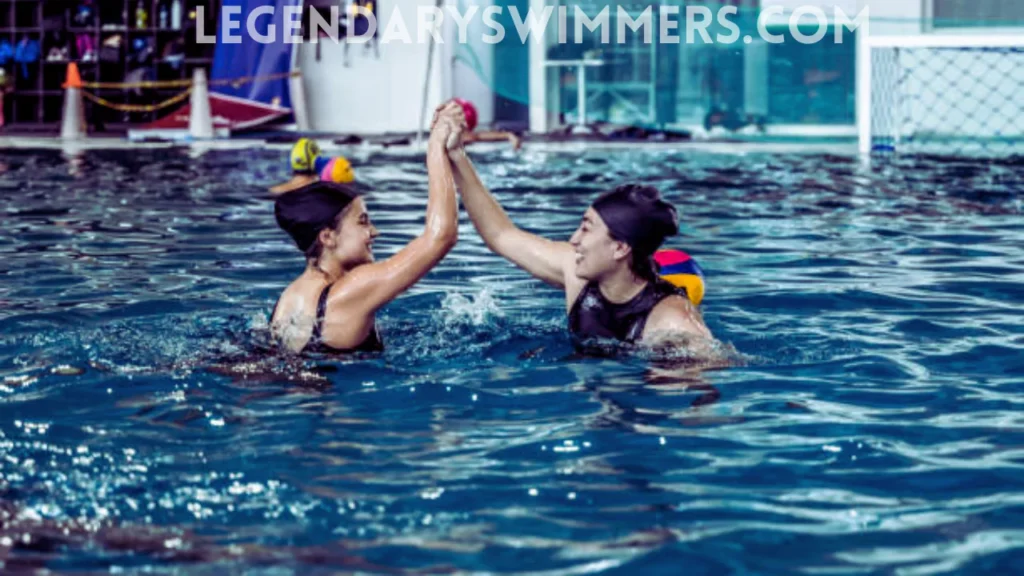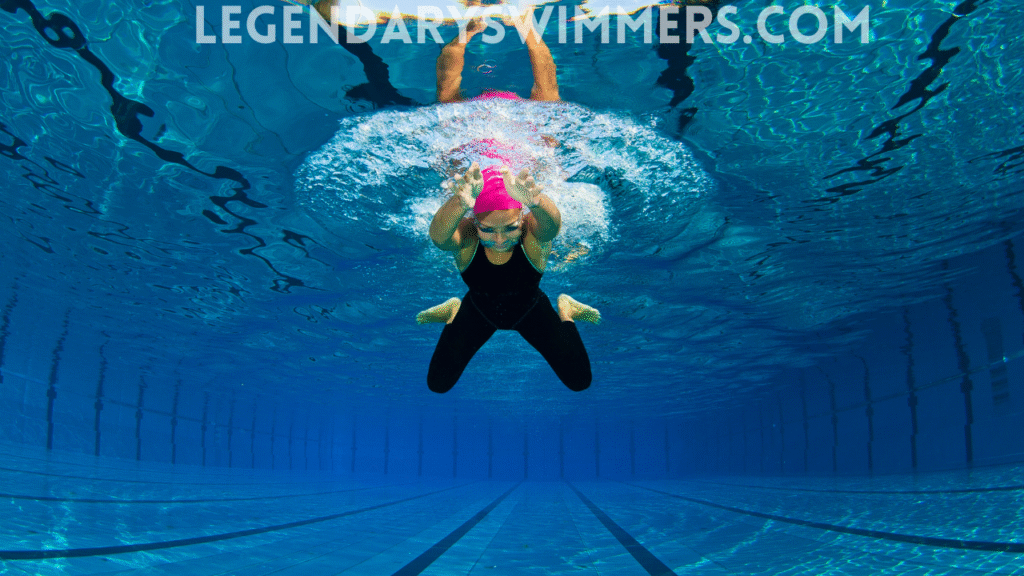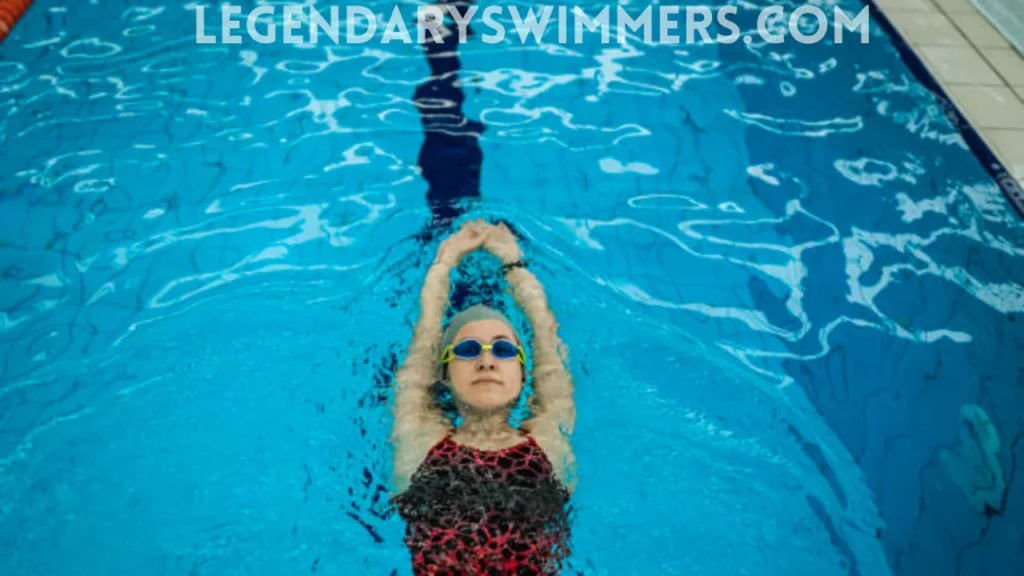
Backstroke Technique – Improve Your Backstroke Form Easily
- Updated:
The backstroke is a smooth and strong swimming style. This uses good technique, efficient muscle usage, and body awareness. Backstroke is an excellent way to enhance your swimming technique and achieve faster times. The following article serves as a backstroke primer to help you get started. It focuses on the position of your body and breathing patterns, along with tips and drills to improve your efficiency. To master the backstroke, you need to improve your body position, arm movement, flutter kick, and breathing rhythm. In this guide, you will learn key fundamentals and practical drills to boost speed, efficiency, and endurance.
- Understanding Basic Backstroke Elements
- Importance of a Relaxed Flutter Kick
- Mastering Arm Movement in Backstroke
- Techniques for Effective Arm Rotation
- Drill: Backstroke rotation
- Coordinating Natural Breathing Techniques
- Utilizing Drills to Improve Backstroke
- The Role of Backstroke Flags
- Explore More at Legendary Swimmers
- Conclusion
- FAQs
- Recommended Backstroke Training Products
Understanding Basic Backstroke Elements
Backstroke swimming relies on the seamless functionality of efficiency, balance, and coordination at its core. The backstroke technique involves four key components: body position, arms, kick, and breath.
According to a 2024 study analyzing men’s 100 m races at the 2019 European Short-Course Swimming Championships, key performance indicators (KPIs) like swift turning and consistent free swimming speed are critical for backstroke success, with negligible performance biases (0% bias, limits of agreement -2.3% to +2.3%).
Maintaining a streamlined body position
For reduced drag and optimal efficiency, a streamlined position on the bike is crucial. Keep your head neutral. Look straight up at the ceiling or sky, depending on whether you’re indoors or outdoors. This allows you to align your body in a direct line from head to toe. Engage your core muscles to keep your hips at the water level, ensuring your lower body doesn’t sink.
Pro Tip: Avoid tucking your chin or creating an excessive arch in your back. Both mistakes can disrupt your body alignment and slow you down.
Importance of a Relaxed Flutter Kick
You need to maintain the flutter kick within the backstroke relaxed and steady. It provides propulsion without wasting energy. Keep your legs straight but flexible, with a slight bend in your knees for whip-like movements. A proper flutter kick starts from the hips, not the knees.
Elite backstroke swimmers typically use a six-beat kick per arm cycle, as noted in a 2021 guide, which stabilizes the body and enhances propulsion
Common Mistake: Too Big of a Kick — Many swimmers will make the mistake of adding a huge, dramatic kick to the back end of the frontstroke. Instead, the most effective kicks are those that occur beneath the waterline with small, subtle movements.
Mastering Arm Movement in Backstroke
It is important to note that propulsion in the backstroke originates from the arms first. All strokes have a pull under the water and a recovery above water. Refining all of these aspects can significantly improve your speed and productivity.
Techniques for Effective Arm Rotation
Rotating your arms with ease and without pause is vital. Begin by placing your pinky finger first into the water. This entry reduces water resistance while setting you up for a powerful pull. The underwater stroke should follow an S-shaped path, pulling water toward your thighs. During arm recovery (the time your arm travels back above the water), ensure a straight, relaxed motion.
Proper Hand Entry and Exit Points
Nailing the correct hand entry point is essential. Your hand should enter the water roughly shoulder-width apart from your body. Keep away from entering too extensively or crossing your midline. It is equally important that your hand exits the water near your hip, with your palm facing upward.
A 2023 study on backstroke start biomechanics notes that precise hand entry enhances start performance, critical given that sprint races can be decided by margins as small as 0.01 seconds.
Drill to Try: Perform the “spin drill” for quicker arm recovery without compromising technique.
Enhancing Body Rotation for Balance
An essential factor for effective swimming in the backstroke is hip rotation. By rotating from the hips, you generate more power and improve arm positioning in the strokes. Body rotation is crucial, as it helps you avoid appearing rigid in form, which can lead to shoulder fatigue or impingement.
Drill: Backstroke rotation
A great drill for learning how to rotate your body correctly is to exaggerate your shoulder-to-hip rotation for every stroke. As you swim slowly from side to side, feeling the rolling motion of the water, roll to one side as your arm enters the water.
Optimizing Leg Movements
Your legs play a vital position in propelling you through the backstroke.
Building strength and refining your kick are essential for improving speed and endurance.
Increasing Kick Strength
Add kicking drills to your practice. Use swim fins to add resistance, which helps develop stronger leg muscles over time. Use flutter kicks, and dolphin kicks together for faster underwater pushes after backstroke turns.
Coordinating Natural Breathing Techniques
Choppy inhaling and exhaling can interrupt your rhythm. The backstroke allows for easy breathing since your face is above the water’s surface, but timing your breaths is still essential. A 2021 guide recommends coordinating breaths with arm strokes to maintain rhythm.
Timing, Breathing with Arm Movements
Coordinate your breathing pattern with your arm strokes for consistency. Take steady breaths during your recovery phase, and avoid holding your breath for too long. According to MDPI, elite backstrokers maintain steady breathing to support endurance across 50, 100, and 200-meter events.
Utilizing Drills to Improve Backstroke
Adding centered drills for your practice can accelerate your progress.
Drill: Cup Drill for Hand Position
Hold a small cup filled with a bit of water in your hands during arm recovery. The goal is to keep the cup steady without spilling, ensuring a smooth and efficient recovery stroke.
Drill: One-Arm Stroke for Precision
Keep the other arm by your side while you execute the backstroke with just one arm. It establishes delicacy, allowing you to concentrate on the aquatic pull movement.
Boosting Speed and Efficiency
After learning the fundamentals, you should concentrate on perfecting your speed and effectiveness in the water.
Maintaining a Consistent Stroke Rate
To have energy and sustain instigation over extended distances, keep the number of strokes constant. Use a sandglass or a precious visual aid, like backstroke flags, to determine your stroke rate.
Pay attention to the little things! In addition to lowering drag, mastering your hand entry will align your stroke for stronger underwater pulls.
The Role of Backstroke Flags
Backstroke flags serve as an essential visual cue for swimmers to time their turns with accuracy. Practice counting strokes from the backstroke flags to the wall so you never miscalculate during flip turns.
- Practicing with Interval Training for Improvement: Interval training sessions help build endurance and strength. Switch between fast sprints and steady swimming during timed intervals to boost your performance.
- Endurance-Building Techniques: Increase your stamina step by step by adding more laps in each practice session. Incorporate training tools such as pull buoys or drag socks to create added resistance and strengthen your core muscles.
- Working with a Coach for Guidance: Regardless of how much you exercise, working with a professional coach is beneficial. A coach identifies flaws in your technique. They deliver you tailored coaching and drill guidance.
A 2024 guide advises counting strokes from the flags to the wall to perfect turn timing, reducing errors in competitive settings.
Explore More at Legendary Swimmers
To take your backstroke skills to the next level and explore other swimming techniques, visit Legendary Swimmers. Our website offers a wealth of resources for swimmers of all levels, covering essential strokes like freestyle, breaststroke, butterfly, and backstroke, as well as training tips, injury prevention, and competitive strategies. Whether you’re a beginner looking to refine your technique or a seasoned swimmer aiming to boost performance, Legendary Swimmers provides expert guides, drills, and insights to help you succeed in the pool. Dive into our comprehensive articles and join our community to elevate your swimming journey!
Conclusion
Mastering backstroke requires attention to body position, arm movement, kick, and breathing. Incorporate these tips and drills into your next swim workout to become a more efficient swimmer. With data-driven strategies and consistent practice, you’ll glide through the water with greater speed and confidence. For more expert advice and resources, check out Legendary Swimmers to continue improving your skills.
FAQs
- How do I maintain a proper body position in backstroke?
Hold your head impartial together with your eyes looking up. Interact with your center to keep your hips level with the water. Avoid arching your back or tucking your chin, as both cause drag and imbalance.
- What’s the best way to improve my backstroke kick?
Focus on small, steady flutter kicks that begin at the hips. Avoid large or exaggerated kicks. Use drills and swim fins to build leg strength and quality track management.
- How should my arms move in backstroke?
Every arm must input pinky-first, pull in an S-form underwater, and recover directly above the water. Maintain a steady rhythm and avoid crossing the centerline to ensure smooth propulsion.
- How do I breathe like a pro while swimming backstroke?
Backstroke allows natural breathing. Time your inhale all through arm healing, and keep away from keeping your breath. Keep it relaxed and rhythmic to support endurance and stroke consistency.
- What drills help improve backstroke technique?
Try the cup drill to refine hand recovery or the one-arm drill for underwater pull focus. Backstroke rotation drills also improve body balance and stroke alignment.
References:
ResearchGate (2024). Evaluation of Mistakes in Backstroke Swimming.
Recommended Backstroke Training Products
To optimize your backstroke training, consider incorporating high-quality swim gear from Legendary Swimmers. Below are recommended products from our curated list, specifically chosen to enhance your backstroke technique, strength, and efficiency. These tools align with the drills and techniques discussed in this article, helping you achieve your swimming goals.

Natasha Nicole Leyva
Hi, I’m Natasha—swimmer, coach, and aquatic fitness enthusiast. My journey began in New Zealand after a professor recommended swimming to help with a knee injury. The low-impact nature of swimming worked wonders, and it quickly became my favorite form of exercise. This passion grew into a thriving swim academy, and soon, requests for aquatic fitness classes started pouring in. After becoming certified, I realized how powerful water workouts could be for recovery and fitness. Now, I share my expertise here to help others experience the benefits of aquatic movement—whether for recovery, fitness, or fun!

